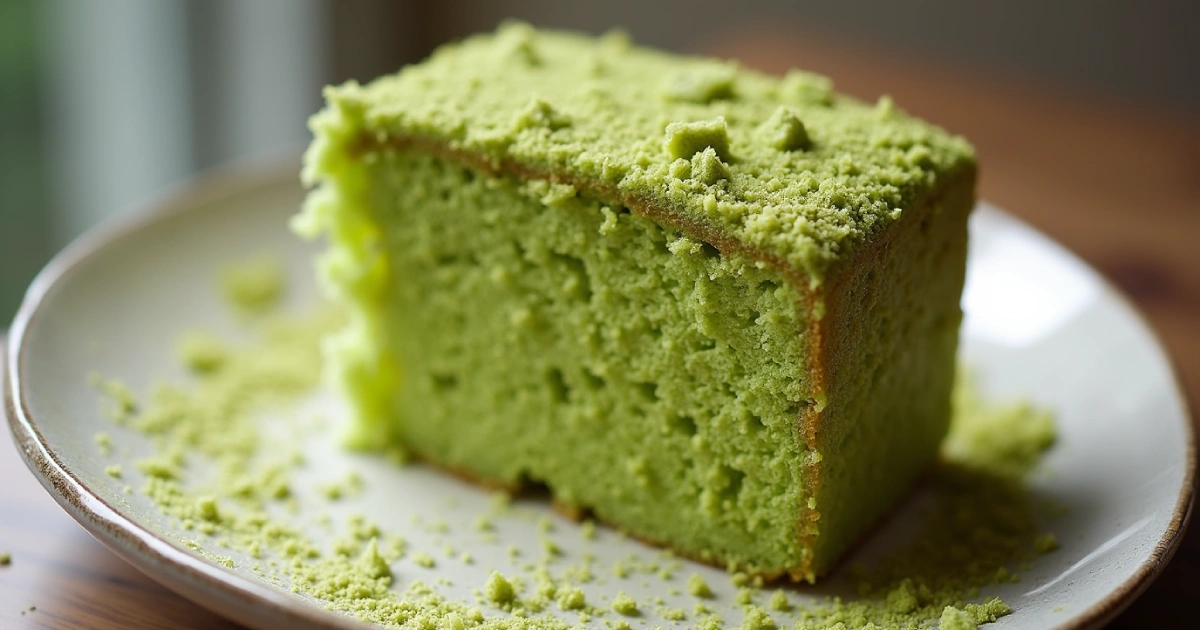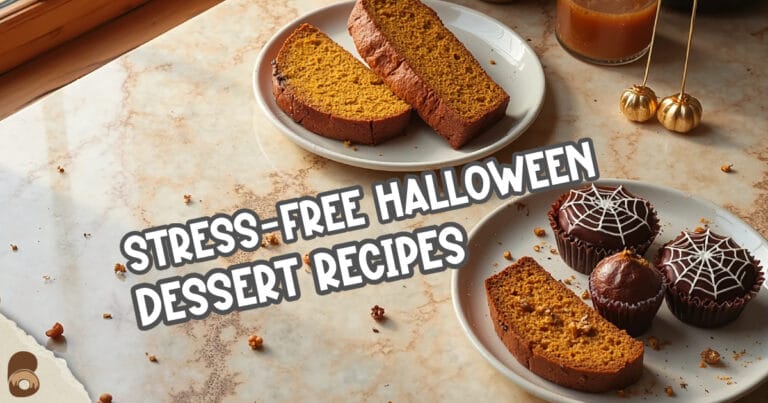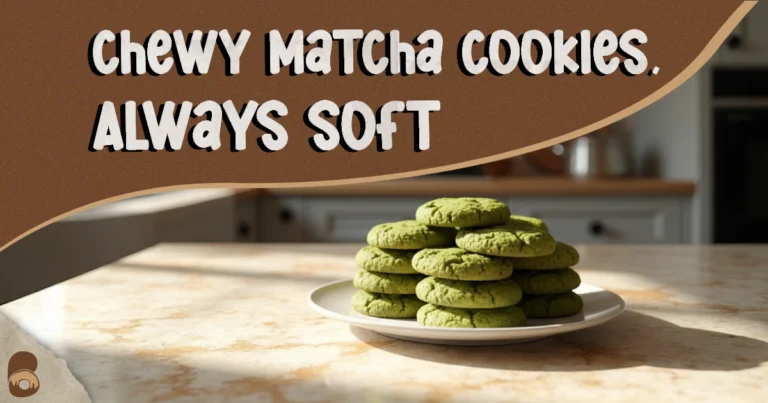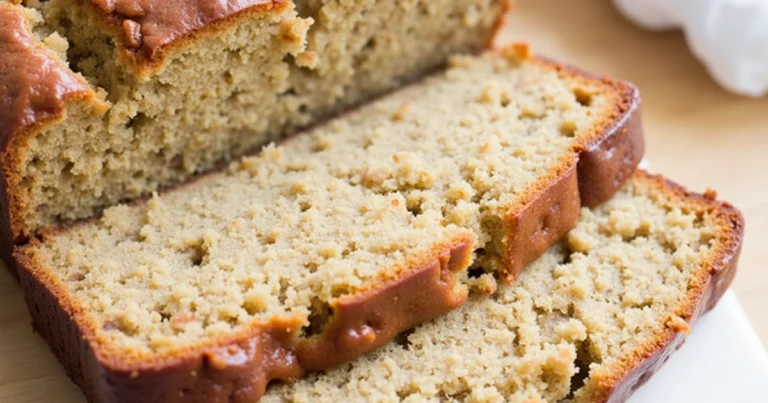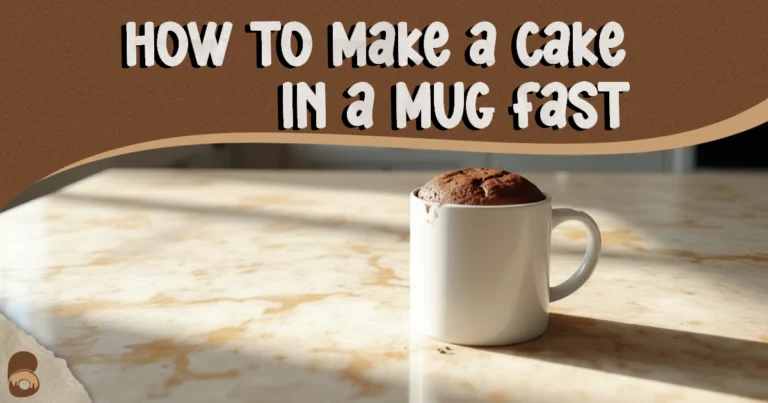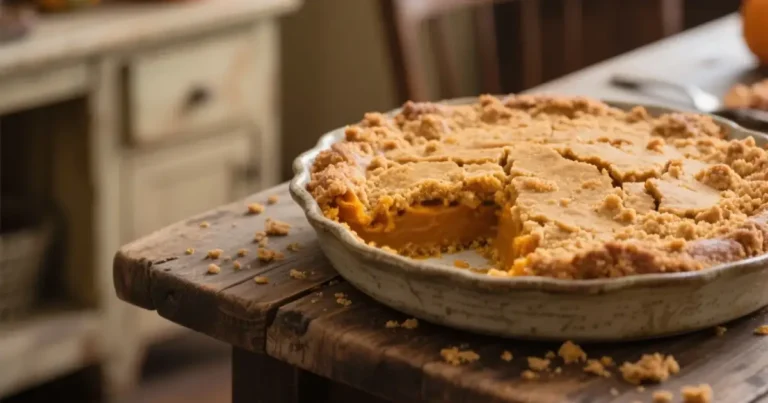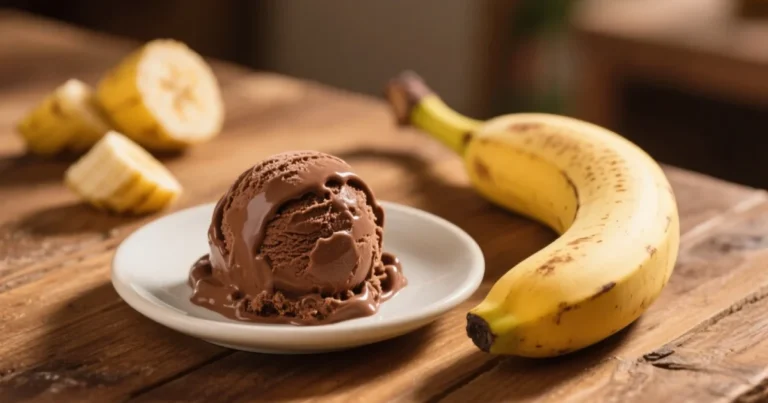Everything You Need to Know About Matcha Sponge Cake—Now in a Vegan Version
Table of Contents
Table of Contents
A Taste of Tradition, Reimagined
You probably remember the first time a bite of sponge cake melted on your tongue—soft, light, subtly sweet. Now imagine adding a touch of green elegance, an earthy whisper of matcha, and doing it all without dairy or eggs. That’s right. You can experience the flavor and fluff of a traditional matcha sponge cake, but in a way that aligns with your values and health choices.
You might be embracing plant-based baking because it aligns with your values, whether they’re rooted in compassion, sustainability, or health. Or perhaps you’re looking to reduce processed ingredients and animal products. Either way, you don’t have to miss out on this beloved Japanese treat. In fact, with a few smart swaps, you can create a vegan matcha sponge cake that’s every bit as delicious—if not more so—than the original.
Welcome to your new go-to guide for everything there is to know about this plant-powered delight.
What Is Matcha Sponge Cake?
Understanding the Basics
If you’re not yet familiar, matcha sponge cake is a Japanese-style dessert known for its soft texture and vibrant green hue. The signature ingredient—matcha—is a finely ground powder made from specially grown green tea leaves. This cake combines the mild bitterness of matcha with just enough sweetness to balance the flavor, resulting in a dessert that’s unique, not cloying.
Traditionally, this cake calls for eggs, butter, and dairy milk. But don’t worry—none of those are necessary to achieve the taste and texture you’re craving.
Why Matcha Is More Than Just Flavor
Matcha isn’t just pretty to look at; it’s packed with benefits that make it a standout ingredient in your kitchen:
- Antioxidant-rich: Matcha contains catechins, especially EGCG, which help fight inflammation and support heart health.
- Lasting Energy: Unlike the quick spike and drop of coffee, matcha offers a gentle, prolonged lift that keeps you going without the crash.
- Mental clarity: Thanks to L-theanine, it promotes calm focus and concentration.
- Digestive support: Naturally gluten-free and easy on the stomach when paired with clean ingredients.
Whether you’re baking for a celebration or just treating yourself, using matcha elevates your sponge cake from simple to sublime.
Why Go Vegan with Your Matcha Sponge Cake?
The Shift Toward Plant-Based Baking
Chances are, you’ve seen how plant-based living is becoming more mainstream—and it’s far more than just a passing fad. Vegan baking isn’t about giving something up. It’s about creating a more compassionate, sustainable, and health-conscious version of foods you love.
Dairy and eggs can be inflammatory or allergenic for many people. By cutting them out, you’re making a cake that’s easier on the body and better for the planet—without compromising taste or texture.
The Benefits Speak for Themselves
- Healthier fats: Vegan recipes often use coconut oil or olive oil, which support heart health.
- Heart-Friendly: Since vegan recipes skip animal-derived ingredients, they naturally contain no cholesterol.
- Ethical impact: No harm to animals, less strain on the environment.
- Inclusive: Perfect for guests with dietary restrictions (dairy-free, egg-free, often nut-free).
So, whether you’re vegan full-time or just curious, making your matcha sponge cake plant-based is a win on all fronts.
Ingredients You’ll Need for Vegan Matcha Sponge Cake
Smart Swaps That Work
You might be surprised at how easily traditional ingredients can be replaced with plant-based alternatives. Here’s a breakdown of what you’ll use and why.
| Ingredient | Traditional Version | Vegan Version | Role in Recipe |
|---|---|---|---|
| Eggs | Eggs | Aquafaba/Applesauce | Structure & Moisture |
| Milk | Dairy milk | Almond/Oat/Soy milk | Texture & Binding |
| Butter | Unsalted butter | Vegan butter/Coconut oil | Fat & Richness |
| Matcha | Matcha powder | Matcha — Ground green tea powder — Rich in flavor & packed with antioxidants |
Quick tip: Always use culinary-grade matcha—not ceremonial grade. It’s more affordable and better suited for baking due to its stronger flavor.
Step-by-Step Vegan Matcha Sponge Cake Recipe
Preparation & Baking Tips
Before you dive in, here are a few pro tips to ensure your sponge turns out just right:
- Use room-temperature ingredients.
- Sift your dry ingredients to avoid clumps and achieve that light texture.
- Don’t overmix—gentle folding maintains the cake’s airiness.
Ingredients
| Item | Quantity |
|---|---|
| All-purpose flour | 1 cup |
| Matcha powder | 1 tbsp |
| Sugar (organic, vegan) | 1/2 cup |
| Almond milk | 1/2 cup |
| Aquafaba (or applesauce) | 1/4 cup |
| Coconut oil (melted) | 1/4 cup |
| Baking powder | 1 tsp |
| Baking soda | 1/2 tsp |
| Vanilla extract | 1 tsp |
| Salt | Pinch |
Instructions
- Preheat your oven to 350°F (175°C). Lightly grease a 9-inch cake pan or line it with parchment paper.
- In a separate bowl, whisk together your dry elements: flour, sifted matcha, leavening agents, and a pinch of salt.
- In a second bowl, blend the wet ingredients—plant milk, your chosen egg alternative, melted oil, sugar, and vanilla extract—until well incorporated.
- Slowly add the dry to the wet, folding gently until just combined. Aim for a smooth batter, but be careful not to overmix—it should stay light and airy.
- Transfer the mixture into your prepared pan, then gently tap it on the counter to eliminate trapped air.
- Bake for 25 to 30 minutes, checking doneness by inserting a toothpick into the center—it should come out clean or with a few moist crumbs.
- Cool completely before slicing or frosting.
Top Tips for the Perfect Vegan Matcha Sponge Cake
Elevate Your Baking Game
Even the best recipe benefits from attention to detail. Here’s how to take yours from good to unforgettable:
- Sift matcha and flour together for even distribution and zero bitterness.
- Use freshly opened matcha for the best color and flavor.
- Avoid flavored plant milks—unsweetened almond or soy is your safest bet.
- Let it rest before serving; cooling sets the structure.
- Store properly: keep it covered to prevent dryness.
Serving & Pairing Ideas
Presentation Meets Flavor
You’ve baked it—now it’s time to enjoy it. Want to elevate your presentation? Try these serving suggestions:
Toppings to try:
- Vegan whipped cream
- Coconut yogurt glaze
- Fresh berries or sliced mango
- Edible flowers for decoration
Pair it with:
- A matcha oat latte
- Jasmine or genmaicha tea
- A cold glass of oat milk enhanced with a hint of vanilla pairs beautifully with each bite.
Serving your cake warm? Pair it with a scoop of vegan vanilla ice cream for a decadent dessert.
Storing and Freezing Tips
You might not have leftovers (it’s that good), but if you do:
- At room temperature, you can keep the cake fresh in a sealed container for up to three days.
- Fridge: Up to 5 days, but let it come to room temp before eating for best texture.
- To freeze, cut the cake into individual slices, wrap them well, and store for up to two months. To thaw, leave it on the counter or warm gently in the oven.
Frequently Asked Questions (FAQ)
FAQs About Vegan Matcha Sponge Cake
Q: Can I use gluten-free flour?
Absolutely. A 1:1 gluten-free baking blend works well. Just make sure it includes xanthan gum or add 1/2 tsp to your mix.
Q: What’s the best egg replacement?
Aquafaba mimics egg whites and creates a light, airy texture. Unsweetened applesauce is also good but may yield a denser result.
Q: Can I make this into cupcakes?
Yes! Just reduce the baking time to 18–20 minutes and keep an eye on them.
Q: How strong is the matcha flavor?
That depends on the powder and how much you use. Start with 1 tbsp for subtlety. Increase for more intensity.
Q: Can I frost this cake?
Of course. Top it off with a dairy-free cream cheese frosting or a light coconut whip for added flair.
Conclusion: Rediscovering Comfort in a Modern Way
Now you know everything you need to craft a stunning, flavorful, and completely vegan matcha sponge cake. You’ve got the history, the health benefits, the recipe, the pro tips, and even storage hacks—all in one place.
What used to rely on eggs and dairy can now be made with compassion, creativity, and ease. And the best part? You don’t lose any of the flavor or magic. Whether you’re baking for a celebration, a loved one, or just to treat yourself, this cake invites you to experience indulgence with intention.

